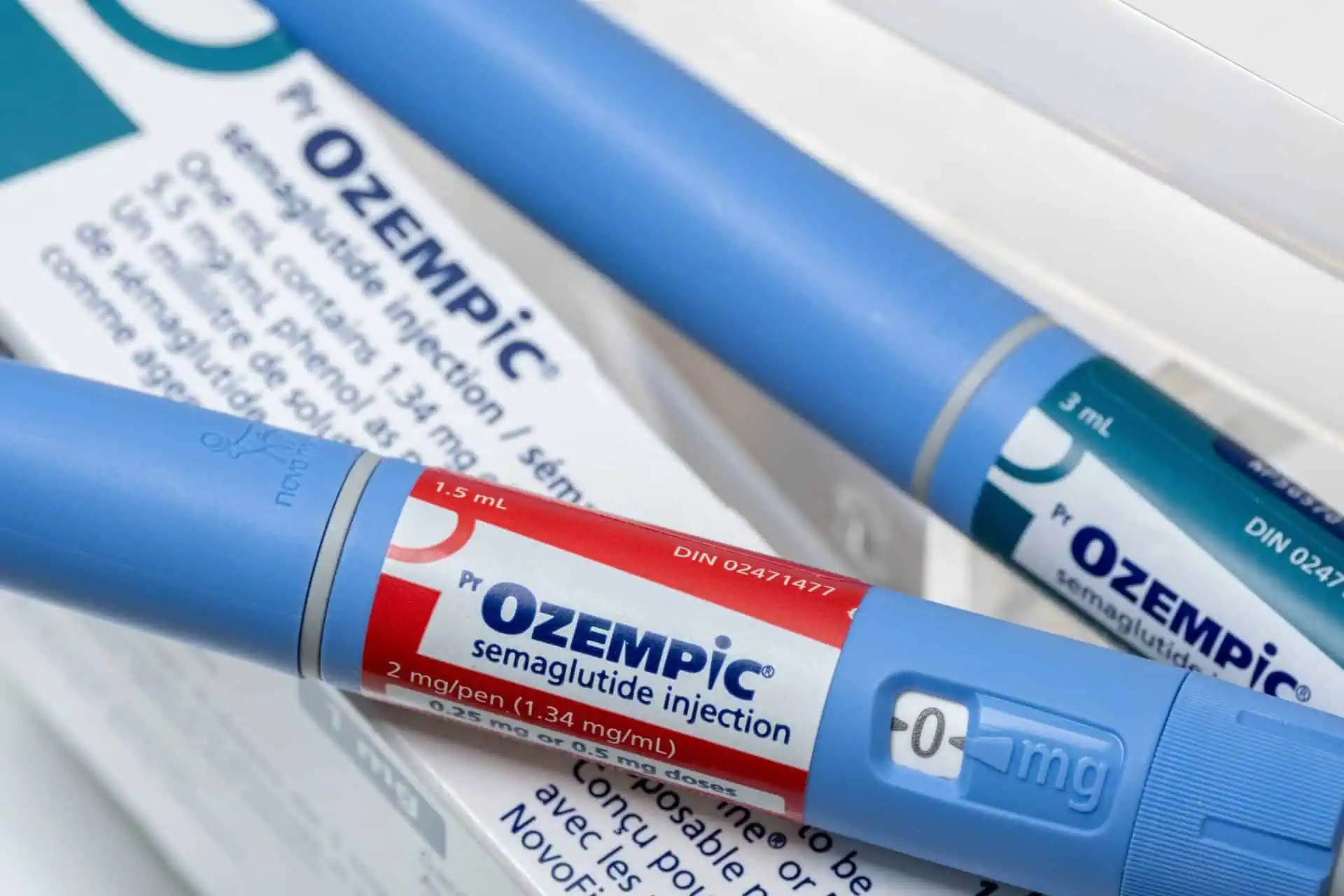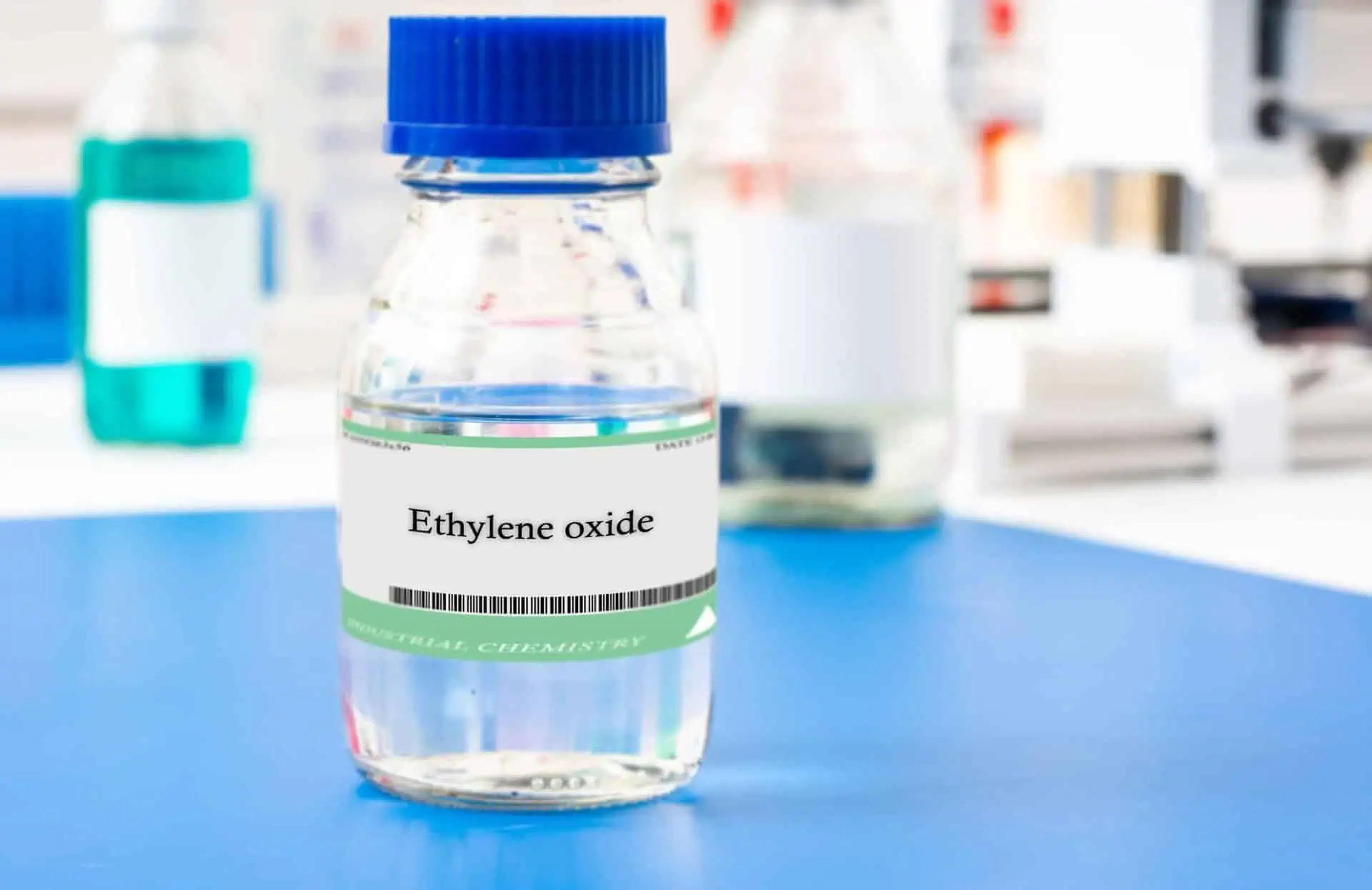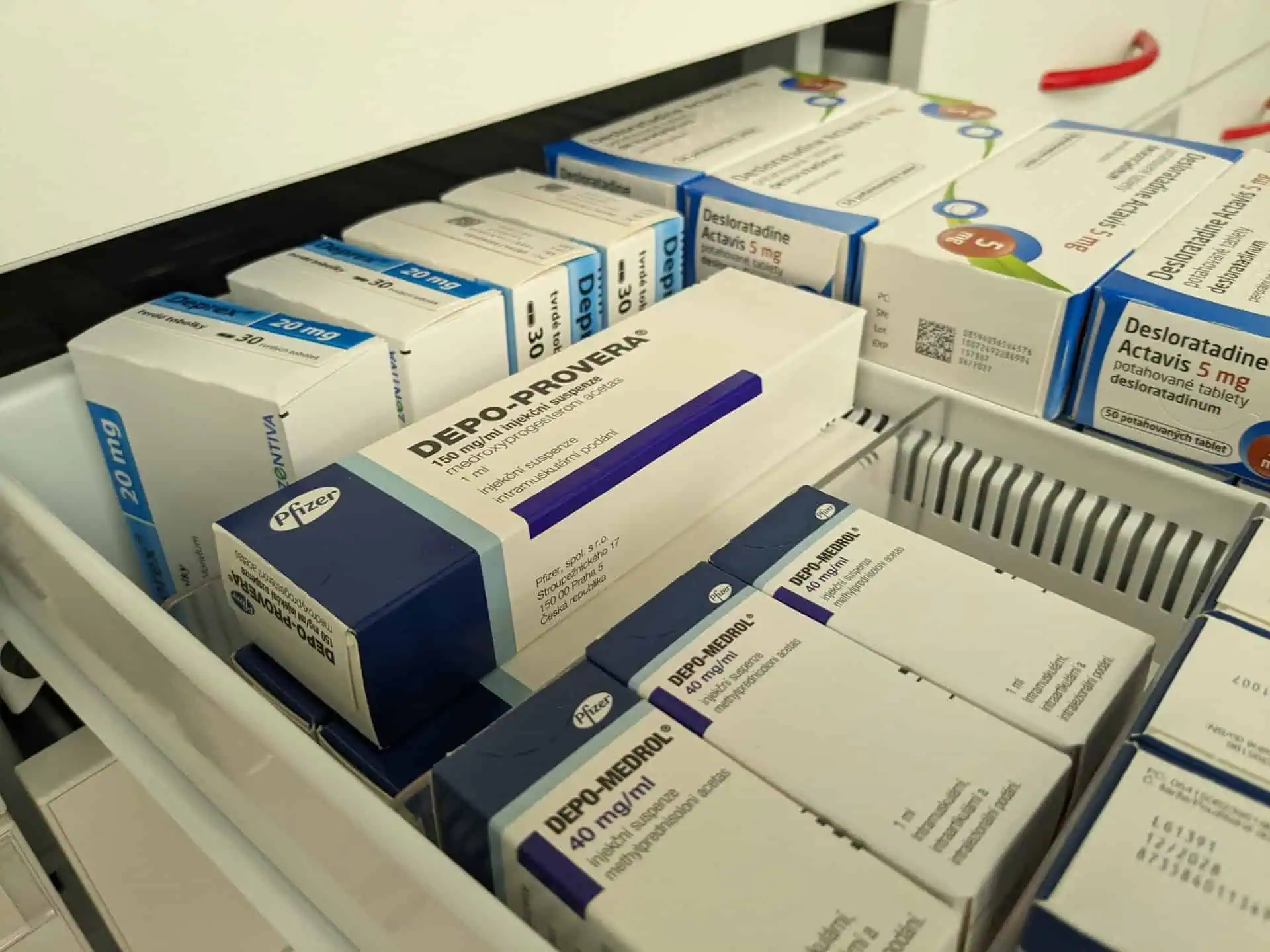How Does NEC Cause Damage to the Intestine?
- Last Updated: July 27th, 2023

Attorney Jessica Paluch-Hoerman, founder of TruLaw, has over 28 years of experience as a personal injury and mass tort attorney, and previously worked as an international tax attorney at Deloitte. Jessie collaborates with attorneys nationwide — enabling her to share reliable, up-to-date legal information with our readers.
Legally Reviewed
This article has been written and reviewed for legal accuracy and clarity by the team of writers and legal experts at TruLaw and is as accurate as possible. This content should not be taken as legal advice from an attorney. If you would like to learn more about our owner and experienced injury lawyer, Jessie Paluch, you can do so here.
Fact-Checked
TruLaw does everything possible to make sure the information in this article is up to date and accurate. If you need specific legal advice about your case, contact us by using the chat on the bottom of this page. This article should not be taken as advice from an attorney.
How Does NEC Cause Damage to the Intestine?
NEC, or necrotizing enterocolitis, is a serious condition that many preterm infants contract due to bacteria in the gut.
It primarily affects the intestines and can occur in either the large or small intestinal tract.

Bacteria infect the intestinal lining and cause inflammation, which can lead to tissue death and even gastrointestinal perforations, or holes in the intestines.
When a perforation forms, bacteria can leak out of the intestinal tract and into the infant’s abdominal cavity or seep into their bloodstream.
If left untreated, NEC can lead to permanent intestinal damage and potentially even death.
Table of Contents
Causes of NEC
Doctors don’t know exactly what causes NEC, but there are numerous factors that have been found to contribute to cases of NEC in the intestine:
- Premature babies’ inadequately developed intestines
- Inability to properly digest food, which can lead to hazardous substances accumulating in the intestines
- Insufficient oxygen and blood flow to the intestines
- Intestinal tissue injuries
- Bacterial growth that causes inflammation and erosion of the intestinal lining
- Bacterial and viral infections in the intestine
- Feeding premature babies cow’s milk-based formula
Recent studies have shown that cow’s milk-based formulas such as Enfamil and Similac are more likely to cause NEC in preterm infants than human breast milk is.
Lawsuits are currently ongoing against the manufacturers of these products for failing to warn parents about the potential risks of feeding bovine milk-based formula to premature babies.
If your infant is experiencing an upset stomach or other gastrointestinal issues after receiving formula, you might simply need to switch formulas to one more suitable for babies with sensitive stomachs.
Be sure to check if this solves the problem.
Sometimes, multiple preterm infants in the same nursery will develop NEC.
Although this can be merely a coincidence, since NEC cannot be spread directly from one infant to another, outbreaks can affect multiple babies in a NICU due to bacteria in formula or other factors.
Treatment for Intestinal Damage Caused by NEC
Some of the most common treatments for NEC include stopping feedings, removing gas bubbles from the intestine through a tube, administering fluids through an IV, and a course of antibiotics.
Infants who don’t respond to these treatments or have a more serious condition might need a longer period to recover before they can have normal bowel movements again.
In some cases, particularly when perforations in the intestinal lining occur, infants may require surgery to treat gas bubbles and remove damaged tissue.
During surgery, a physician will remove the portion of the infant’s intestine that is perforated or where the tissue has been sufficiently damaged to the point that a rupture is likely to occur.
While surgeons will try to preserve as much of the intestinal tract as they can, in severe cases, they might have to reroute the baby’s stools so that they don’t continue seeping into the abdominal cavity.
A surgeon may choose to perform what is known as an ostomy and reroute the intestines outside of the abdomen, usually somewhere near the stomach, allowing the infant’s waste to pass out of a stoma (or opening) in the abdomen.
In addition to preventing waste from getting into the abdominal cavity and causing infections, it also gives the rest of the intestinal tract more time to recover from the infection.
Once the infant has fully healed, the surgeon can reverse the ostomy and reconnect the intestinal tract so that the infant can pass waste out of the anus as they usually would.
This usually takes place after at least six weeks have passed so that the baby has sufficient time to recover.
Lasting Effects of NEC on the Intestines
While many babies make a full recovery after an NEC diagnosis, the disease can leave behind intestinal tissue damage.
The tissue in the intestines might be scarred.
In some cases, the disease might cause a complication known as an intestinal stricture, which is essentially a narrowing of the tract.
Surgery is usually required to repair strictures.

One of the most common lasting consequences of NEC is malabsorption in the intestines.
Malabsorption tends to occur more often in infants who had to have a portion of their intestine taken out due to tissue damage.
If the intestines won’t properly absorb food, then the baby can’t get the nutrients it needs to gain weight and develop.
If a baby is experiencing malabsorption, they might have to receive nutrients through an IV until their intestines are fully healed.
While it can be difficult to watch a baby with NEC suffer, discontinuing feedings and seeking treatment is the best option.
Even babies who suffer tissue damage in the intestinal wall or intestinal strictures and must have a portion of their intestines removed often make a full recovery and are able to return to regular feedings within a number of weeks.
If you believe your baby developed NEC due to a liable third party, you may be eligible to file a lawsuit, but you must act quickly and file a suit before the statue of limitations expires.
TruLaw and its team of seasoned lawyers fight on behalf of individuals harmed by drugs, devices, chemicals, and other products.
To date, TruLaw and its partner law firms have successfully collected over $3 billion through verdicts and settlements in all 50 states.
Use our Instant Case Evaluator to find out if you are eligible for a Necrotizing Enterocolitis (NEC) lawsuit today.

Managing Attorney & Owner
With over 25 years of legal experience, Jessica Paluch-Hoerman is an Illinois lawyer, a CPA, and a mother of three. She spent the first decade of her career working as an international tax attorney at Deloitte.
In 2009, Jessie co-founded her own law firm with her husband – which has scaled to over 30 employees since its conception.
In 2016, Jessie founded TruLaw, which allows her to collaborate with attorneys and legal experts across the United States on a daily basis. This hypervaluable network of experts is what enables her to share the most reliable, accurate, and up-to-date legal information with our readers!
Here, at TruLaw, we’re committed to helping victims get the justice they deserve.
Alongside our partner law firms, we have successfully collected over $3 Billion in verdicts and settlements on behalf of injured individuals.
Would you like our help?
At TruLaw, we fiercely combat corporations that endanger individuals’ well-being. If you’ve suffered injuries and believe these well-funded entities should be held accountable, we’re here for you.
With TruLaw, you gain access to successful and seasoned lawyers who maximize your chances of success. Our lawyers invest in you—they do not receive a dime until your lawsuit reaches a successful resolution!
AFFF Lawsuit claims are being filed against manufacturers of aqueous film-forming foam (AFFF), commonly used in firefighting.
Claims allege that companies such as 3M, DuPont, and Tyco Fire Products failed to adequately warn users about the potential dangers of AFFF exposure — including increased risks of various cancers and diseases.
Depo Provera Lawsuit claims are being filed by individuals who allege they developed meningioma (a type of brain tumor) after receiving Depo-Provera birth control injections.
A 2024 study found that women using Depo-Provera for at least 1 year are five times more likely to develop meningioma brain tumors compared to those not using the drug.
Suboxone Tooth Decay Lawsuit claims are being filed against Indivior, the manufacturer of Suboxone, a medication used to treat opioid addiction.
Claims allege that Indivior failed to adequately warn users about the potential dangers of severe tooth decay and dental injuries associated with Suboxone’s sublingual film version.
Social Media Harm Lawsuits are being filed against social media companies for allegedly causing mental health issues in children and teens.
Claims allege that companies like Meta, Google, ByteDance, and Snap designed addictive platforms that led to anxiety, depression, and other mental health issues without adequately warning users or parents.
Transvaginal Mesh Lawsuits are being filed against manufacturers of transvaginal mesh products used to treat pelvic organ prolapse (POP) and stress urinary incontinence (SUI).
Claims allege that companies like Ethicon, C.R. Bard, and Boston Scientific failed to adequately warn about potential dangers — including erosion, pain, and infection.
Bair Hugger Warming Blanket Lawsuits involve claims against 3M — alleging their surgical warming blankets caused severe infections and complications (particularly in hip and knee replacement surgeries).
Plaintiffs claim 3M failed to warn about potential risks — despite knowing about increased risk of deep joint infections since 2011.
Baby Formula NEC Lawsuit claims are being filed against manufacturers of cow’s milk-based baby formula products.
Claims allege that companies like Abbott Laboratories (Similac) and Mead Johnson & Company (Enfamil) failed to warn about the increased risk of necrotizing enterocolitis (NEC) in premature infants.
Here, at TruLaw, we’re committed to helping victims get the justice they deserve.
Alongside our partner law firms, we have successfully collected over $3 Billion in verdicts and settlements on behalf of injured individuals.
Would you like our help?








